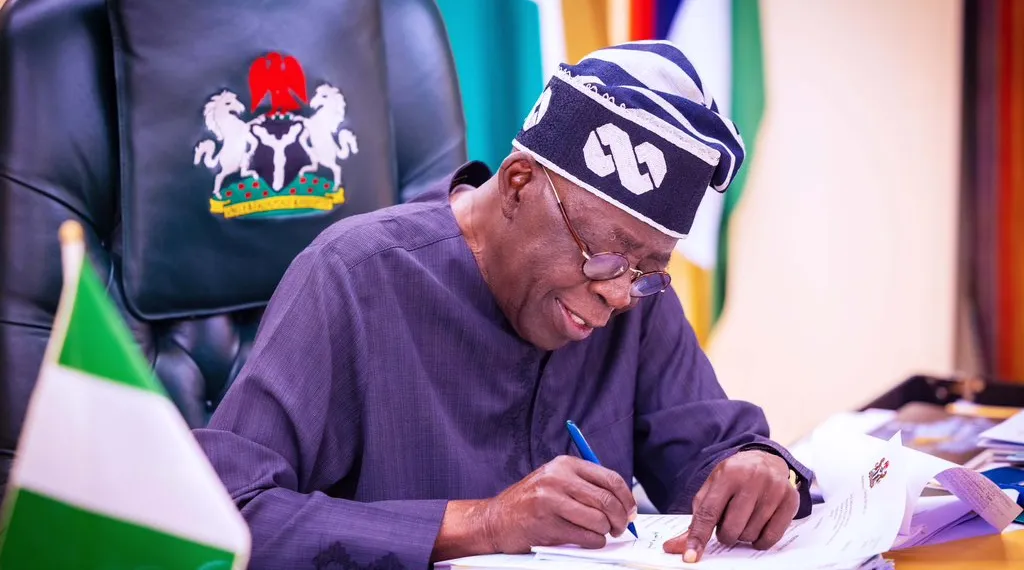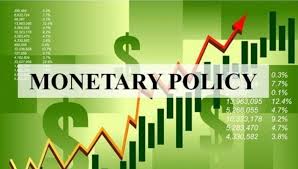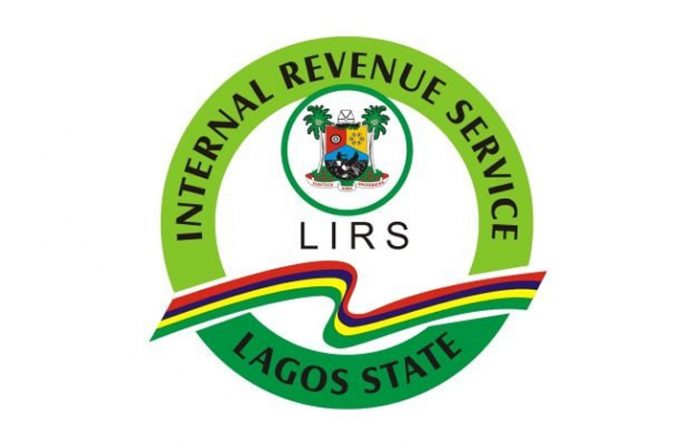By Cordros Report
The Monetary Policy Committee (MPC) is expected to hold its first meeting of the year on the 24th and 25th of January 2022. We expect the Committee to assess global growth prospects for the year within the context of rising cases of the Omicron variant amid the ongoing unwinding of monetary stimulus by global central banks. On the domestic front, the uptick in headline inflation in December will likely stir up a debate among Committee members about whether it is a blip or a trend that will persist in the coming months. For us, the significance of this meeting is primarily predicated on the body language of the Committee regarding the timing of the shift to a hawkish monetary stance. Like the November meeting in the prior year, we expect the Committee to affirm its view on monitoring the policy actions of global central banks before commencing its tightening cycle.
Domestic Economy Continues to Gain Strong Foothold
Domestic COVID-19 infections rose significantly in December following the (1) discovery of the Omicron variant of the pandemic and (2) increased festive-induced travels in and out of the country. Nonetheless, domestic economic activities were supported by (1) festive-induced spending, (2) uptrend in business activities in line with the further normalisation of activities across contact-dependent sectors and (3) increased construction activities. Indeed, data from the CBN showed that the Manufacturing PMI (47.3 points vs September: 46.6 points) improved as of October, while the uncertainty from the country’s poor security situation dented the non-manufacturing PMI (47.5 points vs September: 47.8 points) during the same period.
Our expectation over 2022FY is for the growth momentum to be sustained, albeit moderately, as the impact of the favourable base from the prior year dissipates. As a result, we project the economy would grow by 2.44% y/y and 2.10% y/y in Q4-21 and Q1-22, respectively. Accordingly, we expect the Committee to reiterate the need for CBN to maintain its current interventions to sustain the recovery of output growth, more so that the PMI readings remain sub-optimal. Therefore, we believe the fragile recovery process would induce the Committee to maintain its dovish stance.
Inflationary Pressures Biased to the Downside over the Short Term
Bucking the trend in eight consecutive months, the headline inflation rose by 23bps to 15.63% y/y in December. On a month-on-month basis, the headline inflation settled at 1.82% – significantly above the 2021FY average (1.22% m/m) and the highest since May 2017 (1.88% m/m). The increase was primarily due to a negative surprise from the food basket, which rose by 112bps to 2.19% m/m – a level significantly above prior December readings for food inflation (10-year average: 1.19% m/m).
We expect the Committee to attribute the negative surprise in the inflation numbers to the festive-induced demand during the period amidst the lingering security challenges in the country. Consequently, we believe the Committee will feel the need to maintain its monetary policy stance to allow its interventions to continue to support improvement in aggregate food supply and, by extension, drive down prices.
Pressure at the Parallel Market Fails to Subside
Our survey results show that the exchange rate at the parallel market averaged NGN569.78/USD in December – 2.4% depreciation compared with the average in November (NGN556.05/USD). The preceding comes after the exchange rate appreciated against the dollar at the parallel market in November (+2.9% m/m vs October average: NGN571.89/USD). For us, the preceding suggests that a sizeable proportion of market participants still recourse to the parallel market given limited supply at the official channels. Moreover, the low crude oil production volume has limited gains from rallying oil prices, undermining accretion to the FX reserves.
Overall, we expect the gross FX reserves at c. USD40.00 billion levels to comfort the Committee to maintain its current stance as the CBN’s arsenal to defend the Naira is in a strong position.
Global Central Banks are Switching to a Hawkish Policy Stance
On the policy front, the unrelenting inflationary pressures have caused global central banks to switch their tone from a highly dovish bias to a mild hawkish stance. This is as supply chain constraints and rebound in consumer spending following the relaxation of lockdown rules pushed inflation far above their 2.0% target. For Instance, in the US, headline inflation hit 7.0% y/y in December 2021– the highest since June 1982 (+7.1% y/y). Similarly, inflation in the UK rose to 5.4% in December 2021, the highest since March 1992. In a bid to tame inflationary pressures, global central banks have accelerated the winding down of their asset purchase programmes to normalise monetary policy. Already the Bank of England raised the interest rate by 0.15% to 0.25% at its December meeting, while the US Fed is set to hike the interest rate at the March meeting. Moreover, based on historical precedence, emerging and developing economies experience capital flow reversals as global financing conditions tighten due to rising yields in advanced countries.
Consequently, we believe the chorus among global central bankers to tighten monetary policy will be at the front burner of discussion at this meeting. Nonetheless, we think concerns will be tethered by the implicit capital controls of the CBN, which would help douse the impact of capital flight arising from rising global yields.
MPC to Retain Monetary Policy Parameters
All in, we expect the Committee to retain the MPR at 11.5% alongside other monetary policy parameters. However, we expect the Committee to strike a hawkish tone in light of the gradual tightening in global financing conditions even as inflation remains above the CBN’s medium-term target of 6.0%-9.0%.













